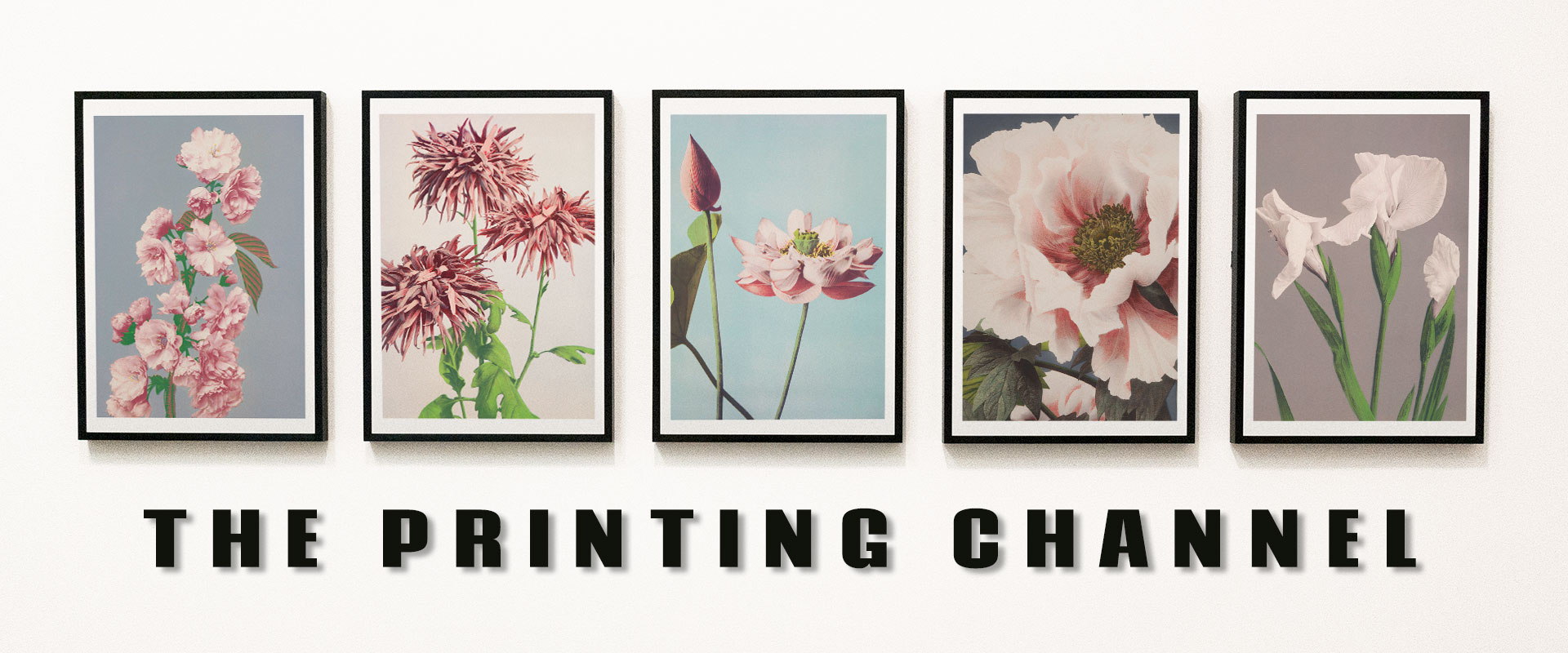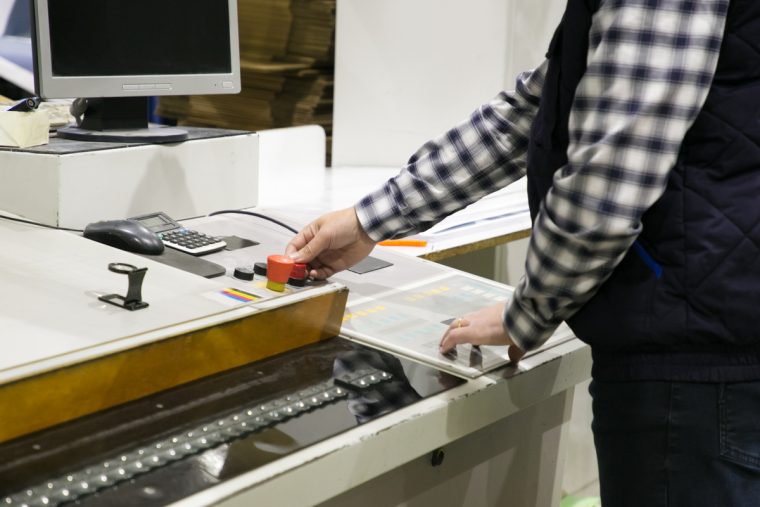Introduction
Printing Techniques- It has become increasingly challenging to grab attention and leave a lasting impression. Whether you’re promoting an event, showcasing your business, or simply adding personality to your living space, Printing Techniques a well-designed and eye-catching poster can make all the difference. And when it comes to making your posters truly stand out, the printing techniques you choose play a crucial role.
Printing techniques have evolved significantly over the years, offering a myriad of possibilities to elevate your poster design to new heights. Gone are the days when a plain, flat poster would suffice. Today, innovative printing techniques allow you to add texture, depth, and a sense of tactile appeal to your prints, making them impossible to ignore.
This article explores the world of printing techniques that can transform your posters from ordinary to extraordinary. We will delve into a variety of methods that go beyond traditional printing, including embossing, spot varnish, foil stamping, and more. Each technique brings its unique charm and artistic touch, giving your posters a distinctive look and feel.
So, whether you’re a graphic designer, a marketing professional, or simply someone looking to create captivating visual displays, this exploration of printing techniques will inspire you to experiment, innovate, and create posters that leave a lasting impression on your audience. Let’s dive in and unlock the secrets to making your posters stand out in a crowded world of visual noise.
What are some innovative printing techniques to make posters stand out?
There are several innovative printing techniques that can take your posters from ordinary to extraordinary, capturing attention and making them truly stand out. One such technique is embossing, which adds a three-dimensional effect by raising certain areas of the design. This tactile quality not only enhances the visual impact but also engages the sense of touch, creating a memorable experience for viewers.
Another technique is spot varnish, where a glossy or matte finish is selectively applied to specific areas of the poster. By creating contrast between the varnished and non-varnished sections, you can draw attention to key elements of the design, making them pop and adding depth to the overall composition. This technique is particularly effective in highlighting logos, headlines, or important visuals.
Foil stamping is yet another captivating technique that can make your posters shine. By using metallic foils in gold, silver, or other vibrant colors, you can add a luxurious and eye-catching element to your prints. Foil stamping is often used for text, borders, or intricate details, creating a striking contrast against the background and lending an air of elegance to the overall design.
Innovative printing techniques also extend to the choice of paper. For instance, using textured or specialty papers can add a unique tactile quality to the posters, making them more visually interesting and engaging. Additionally, experimenting with different paper weights and finishes can contribute to the overall perception of quality and professionalism.
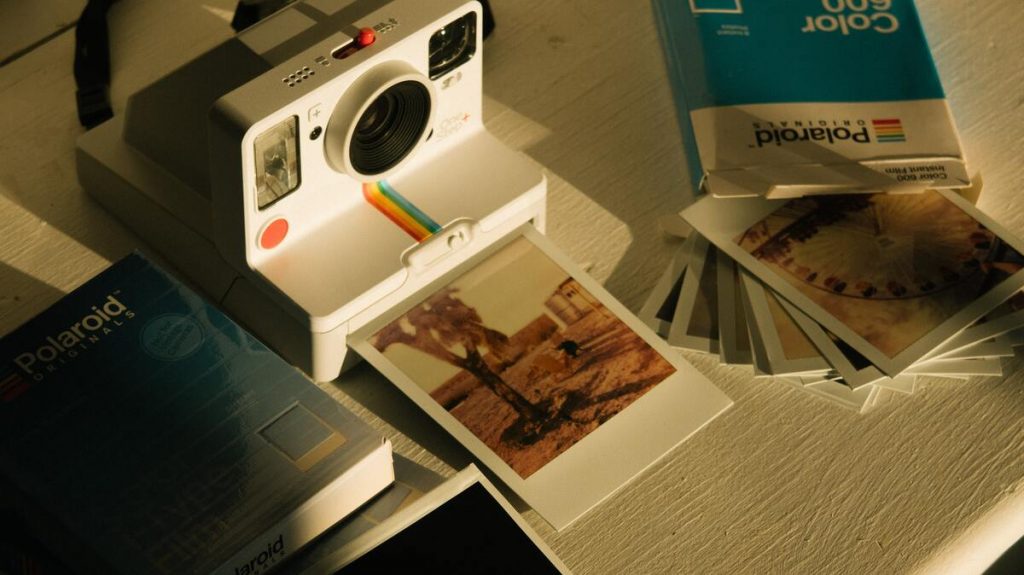
How does embossing enhance the visual impact of a poster?
Embossing is a printing technique that enhances the visual impact of a poster by adding a three-dimensional effect to specific elements of the design. It involves raising certain areas of the poster, creating a tactile quality that engages both the eyes and the sense of touch. This added dimensionality immediately grabs attention and sets the poster apart from flat, ordinary prints.
When embossing is applied strategically to key elements of the design, such as logos, headlines, or important visuals, it draws the viewer’s focus and emphasises their importance. The raised areas create a natural highlight, catching the light and creating shadows that add depth and texture to the poster. This contrast between the raised and recessed areas adds visual interest and creates a dynamic interplay between light and shadow.
Embossing adds a sense of elegance and sophistication to the overall composition. The raised elements create a luxurious tactile experience that evokes a sense of craftsmanship and attention to detail. This tactile quality can evoke positive emotions and create a memorable experience for viewers, leaving a lasting impression.
It can be combined with other printing techniques, such as spot varnish or foil stamping, to create even more visually striking effects. For example, embossing can be used in conjunction with spot varnish to highlight embossed areas with a glossy or matte finish, further enhancing their prominence. The combination of embossing and foil stamping can add a touch of opulence, as the metallic foil brings an additional element of visual interest and contrast.
What is spot varnish and how can it elevate poster designs?
Spot varnish is a printing technique that involves applying a glossy or matte finish to specific areas of a poster, selectively highlighting certain elements of the design. It adds a layer of varnish to chosen areas, creating a contrast between the varnished and non-varnished sections. This contrast enhances the visual impact of the poster by drawing attention to key elements and elevating the overall design.
The glossy finish of the varnished areas reflects light differently than the surrounding matte surface, creating a visual distinction that adds depth to the composition. This interplay of glossy and matte surfaces adds a tactile quality to the poster, making it more visually interesting and engaging to the viewer.
By selectively applying the varnish to these elements, they become more prominent and visually striking. The varnished areas catch the light, creating a natural highlight and drawing the viewer’s attention, while the non-varnished areas recede into the background, allowing the highlighted elements to stand out even more.
Spot varnish also adds a sense of sophistication and professionalism to the poster. The glossy or matte finish adds a touch of elegance, making the design appear more polished and refined. This elevated aesthetic quality enhances the overall perception of the poster, making it visually appealing and conveying a sense of quality and attention to detail.

How can foil stamping be used to create eye-catching posters?
Foil stamping is a printing technique that utilizes metallic foils, such as gold, silver, or other vibrant colors, to add a luxurious and eye-catching element to posters. It involves the application of heat and pressure to transfer the foil onto the poster, creating a shiny and reflective surface. This technique can be used strategically to create visually striking and attention-grabbing posters.
Foil stamping brings a touch of elegance and sophistication to the design. The metallic foils catch the light and create a luminous effect, instantly drawing the viewer’s attention. The shimmer and reflective qualities of the foil add a sense of opulence and prestige to the poster, making it visually captivating and memorable. The metallic finish creates a stark contrast against the background, making the highlighted elements visually prominent and enhancing their impact.
It allows for the use of various colors and finishes, enabling you to match the foil to the overall aesthetic and message of the poster. Whether you choose a classic gold foil for a timeless look or opt for vibrant colors to create a bold statement, foil stamping provides endless possibilities to customize and enhance your poster design.
What role does color selection play in making posters stand out?
Color selection plays a pivotal role in making posters stand out and capturing the attention of viewers. Colors have the power to evoke emotions, convey messages, and create visual impact. When chosen thoughtfully, they can elevate the overall aesthetics of a poster and make it visually compelling.
Firstly, vibrant and bold colors are more likely to attract attention than muted or neutral tones. Using colors that are eye-catching and energetic can help your poster stand out in a crowded environment. Bright hues like red, orange, or yellow can create a sense of urgency and excitement, while cool colors like blue or green can evoke a calming or refreshing atmosphere. Understanding the psychological impact of colors allows you to align the color palette with the intended message and create a visually engaging experience for the viewer.
Secondly, contrast plays a vital role in making posters visually striking. By incorporating contrasting colors, such as pairing light and dark shades or complementary colors, you create visual tension and make the design elements pop. Contrast helps to highlight important information, such as headlines or key visuals, ensuring they grab attention and are easily readable.
By assigning different colors to different elements, such as headlines, subheadings, and body text, you guide the viewer’s eye and create a sense of organization. This helps viewers navigate the content and absorb the information more effectively.
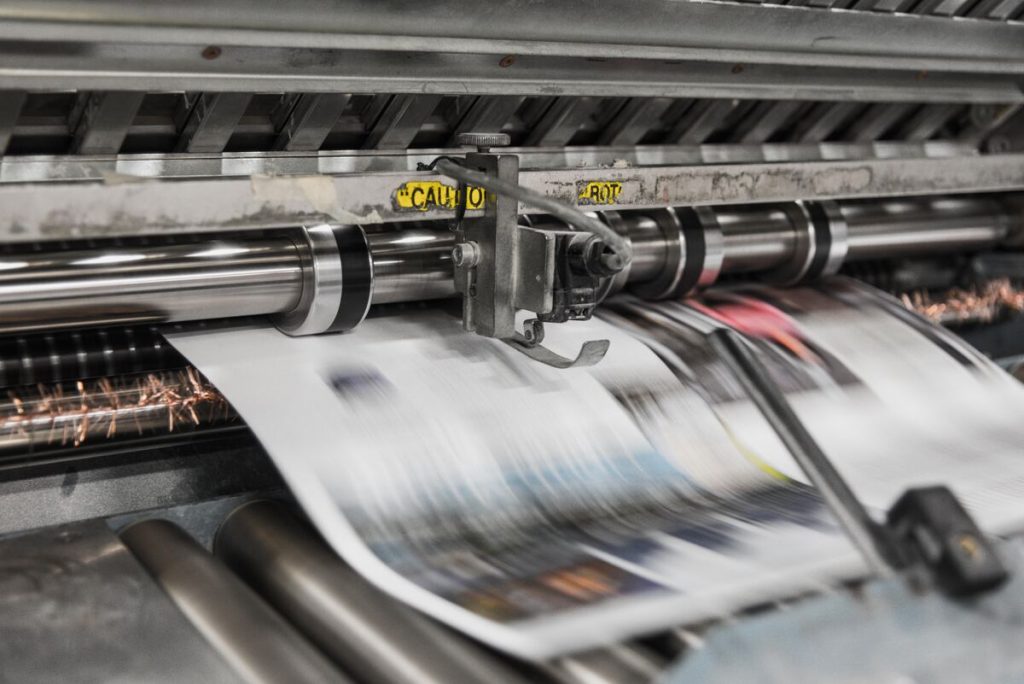
How does the choice of paper quality affect the overall poster design?
The choice of paper quality significantly impacts the overall design of a poster. The paper serves as the canvas for the visual elements and plays a crucial role in conveying the intended message and aesthetic appeal. Different paper qualities can affect the poster’s appearance, durability, and tactile experience, ultimately shaping its overall design and impact.
Textured papers, such as linen or canvas, add depth and visual interest to the poster, creating a more dynamic and engaging experience for viewers. On the other hand, smoother papers provide a clean and sleek look, allowing the design elements to stand out with sharpness and clarity. Additionally, the weight of the paper influences the perceived quality and durability of the poster. Heavier, thicker papers convey a sense of professionalism and longevity, while lighter papers may give a more casual or disposable impression.
Secondly, the paper color can significantly impact the overall appearance and mood of the poster. Bright white papers offer a clean and vibrant canvas, allowing colors to appear more vibrant and contrasts to be more pronounced. Off-white or cream-colored papers, on the other hand, lend a more vintage or classic feel to the design, adding a touch of nostalgia or sophistication. The paper color should be carefully considered to harmonize with the chosen color palette and convey the desired atmosphere or message.
Matte finishes reduce glare and reflections, offering a softer and more subdued look that may be suitable for certain artistic or elegant designs. Glossy finishes, on the other hand, provide a vibrant and shiny appearance, making colors and images pop and adding a sense of vibrancy and modernity.
What are some creative ways to incorporate texture into poster printing?
Specialty Paper: Opt for textured papers like linen, canvas, or watercolor paper that have inherent textures. These papers add depth and visual interest, providing a unique tactile experience to the viewer. The texture becomes an integral part of the design, enhancing its overall appeal.
Embossing: Utilize embossing techniques to add three-dimensional texture to specific elements of the poster. Embossing raises selected areas of the design, creating a tactile effect that not only enhances visual impact but also engages the sense of touch. This technique can be used to highlight logos, key visuals, or important details, making them stand out and adding depth to the overall composition.
Spot Varnish: Apply spot varnish selectively to specific areas of the poster to create a contrast in texture. By adding a glossy or matte finish to chosen elements, you can create a tactile difference between the varnished and non-varnished sections. This adds depth and visual interest, making the highlighted areas visually prominent and engaging.
Texture Overlays: Incorporate texture overlays digitally by layering textured images or patterns onto the design. These overlays can mimic the look and feel of various textures such as wood, fabric, or concrete. By blending them into the poster design, you can add depth and visual richness, creating a visually captivating and textured effect.
Mixed Media Collage: Combine traditional printing techniques with physical elements like fabric, string, or textured materials to create a mixed media collage effect. This approach adds both visual and tactile texture to the poster, making it visually engaging and unique.
Texture in Typography: Experiment with typography by utilizing textured fonts or adding texture overlays to lettering. This can create a visually appealing contrast between the textured typography and the rest of the design, drawing attention and making the text stand out.
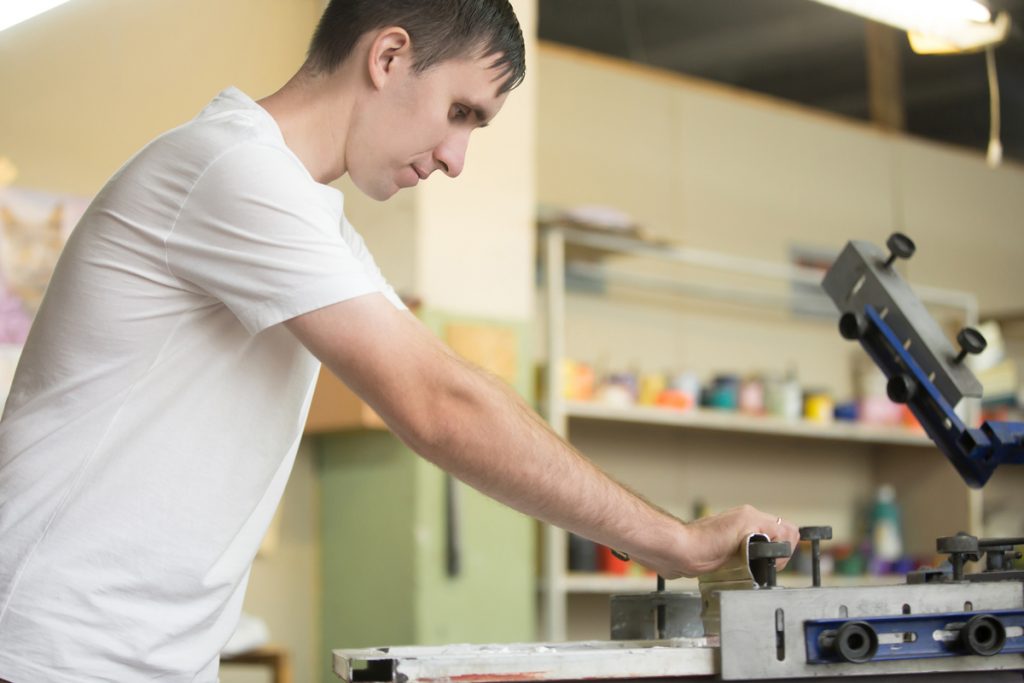
How can the interplay between design elements and printing techniques enhance poster aesthetics?
The interplay between design elements and printing techniques is a powerful combination that can greatly enhance the aesthetics of a poster. When these elements are carefully orchestrated, they work in harmony to create a visually captivating and impactful design.
Firstly, the choice of design elements, such as typography, images, colors, and layout, sets the foundation for the poster’s visual appeal. Each element contributes to the overall message and aesthetic. Typography selection, for instance, can convey a sense of personality or evoke specific emotions. Images and visuals provide visual interest and communicate the intended message. Colors evoke moods and create visual impact, while the layout determines the organization and flow of information. By carefully curating and combining these elements, designers can create a visually compelling poster.
Secondly, the selection and execution of printing techniques play a crucial role in bringing the design to life. Printing techniques such as embossing, spot varnish, foil stamping, or texture overlays add depth, texture, and tactile elements to the poster. These techniques draw attention to specific elements, create contrast, and add visual interest. The interplay between the design elements and the chosen printing techniques can enhance the overall aesthetics by emphasizing key elements, adding visual depth, and creating a visually engaging experience for the viewer.
Conclusion
By exploring innovative methods beyond traditional printing, such as embossing, spot varnish, and foil stamping, you can add depth, texture, and a touch of sophistication to your poster designs. These techniques not only capture attention but also engage viewers on a tactile level, leaving a lasting impression.
Understanding the interplay between design elements and printing techniques is also key. By strategically incorporating texture, utilizing selective gloss or matte finishes, and considering the balance of visual elements, you can create posters that truly captivate and communicate your message effectively.
Incorporating these printing techniques not only elevates the aesthetic appeal of your posters but also showcases your attention to detail and commitment to delivering a memorable visual experience. So, whether you’re promoting an event, marketing a product, or adding personality to your living or working space, embracing these printing techniques will ensure that your posters stand out in the crowd and make a lasting impact on your audience.
